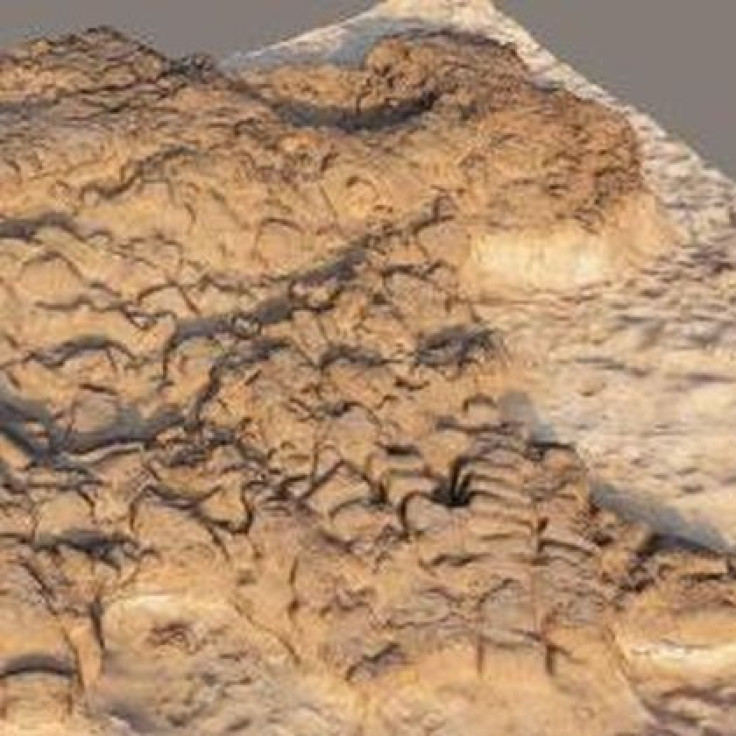Massive Iron Age Fortifications Found Near Ancient Israeli Harbour

Archaeologists at Israel's Tel Aviv University say they have found fortifications dating back to eighth century BC in the coastal city of Ashdod, about 32km south of Tel Aviv. The fortification was likely built to protect an artificial harbour.
"The fortifications appear to protect an artificial harbor," lead archaeologist Dr. Alexander Fantalkin said in a statement, adding that the crescent-shaped fortifications provided protection to an inland area of over 17 acres. "If so, this would be a discovery of international significance, the first known harbor of this kind in our corner of the Levant."
The Iron Age fortifications was unearthed in well-preserved state and consist of a 15ft high and 12ft wide brick wall that is covered in layers of mud and sand.
According to archaeologists, the fortifications seem to be related to the revolt between Ashdod and the Assyrian Empire at the end of the eighth century BC, the same time as the construction of the fortifications.
Assyrian inscriptions reveal that Ashdod was destroyed in the rebellion and the power was eventually shifted to the present-day Ashdod-Yam area, where the excavations are going on.
Archaeologist who earlier led the dig at the site believed that the Ashdod rebels built the fortifications in anticipation of an attack by Assyrian. However, Fantalkin said the architecture of the structure indicated that the embankment could not have been built in such haste situation as revolt.
"The construction appears too impressive to have been done under such circumstances," he said. "An amazing amount of time and energy was invested in building the wall and glacis (embankments."
Earlier excavations at the site have revealed ruins and artefacts such as coins and weights from the Hellenistic period (between fourth and second centuries BC).
© Copyright IBTimes 2024. All rights reserved.






